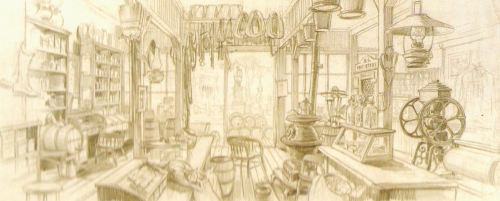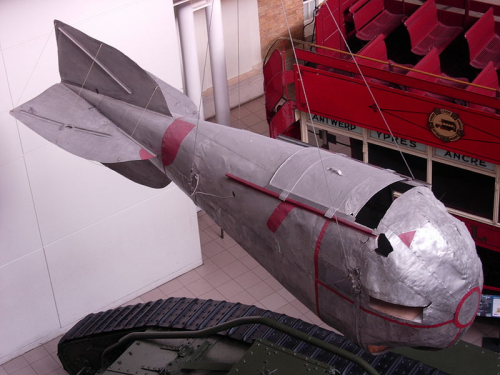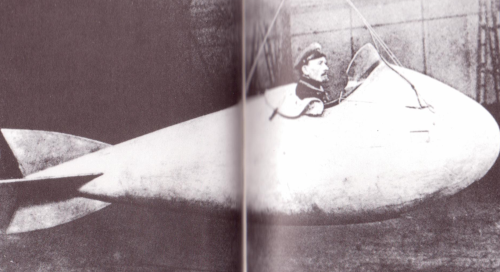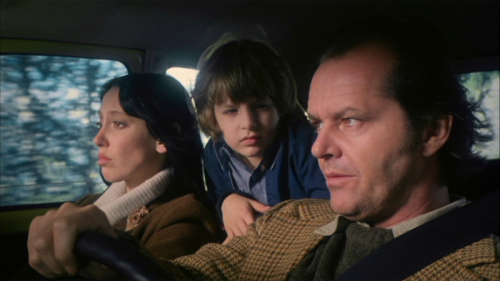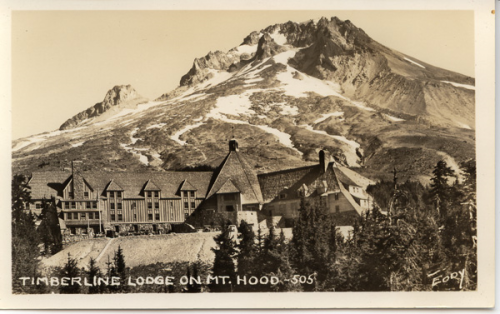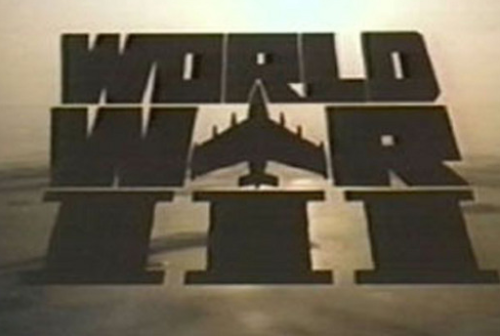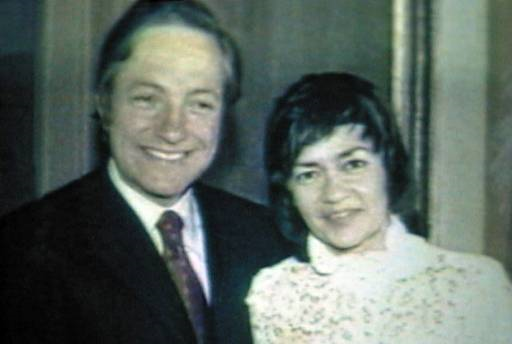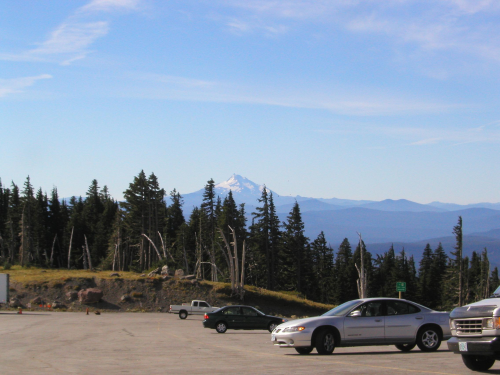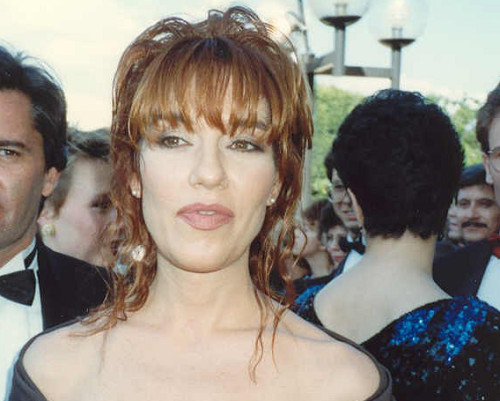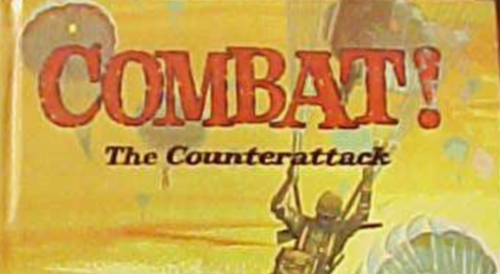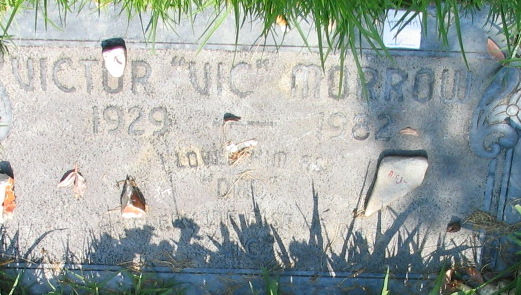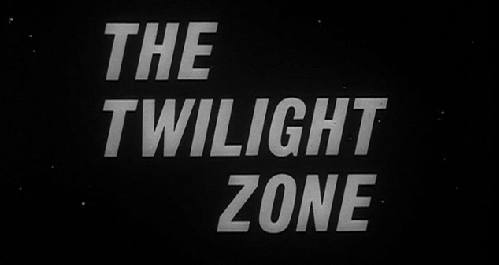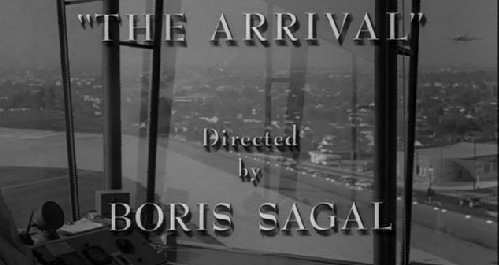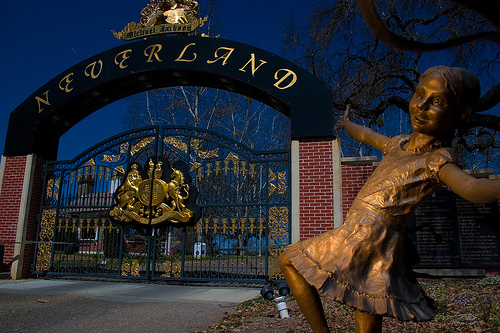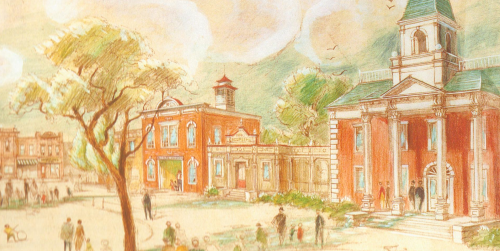
One of the most prominent, yet ignored, features of Disneyland is its Main Street. Even though thousands of people walk through Main Street every day, it is vastly ignored. Too bad, because Main Street is one of the best features of Disneyland.
The main elevations for Main Street were drawn up by a former art director at 20th Century Fox named Marvin Davis. In 1953, Davis produced drawings for the Main Street buildings that would eventually become the core of Disneyland. Most of these buildings are either two or three stories with mansard roofs and false fronts. This is the architecture of many small towns from the turn of the 20th century.
Sources of Inspiration for Disneyland Main Street
It is often said that the Main Street of Disneyland, and perhaps the entire concept of hearkening back to some nostalgic idea of the past, is based on Walt Disney’s memories of growing up in Marceline, Missouri. While this may be true, it is worth noting that much of the inspiration came from other artists and art directors.
One of the Disney art directors, Harper Goff, contributed additional pencil drawings that expanded Main Street’s size and looked remarkably like the downtown of Ft. Collins, Colorado, where Goff had been raised. At the time that Disneyland opened in 1955, a 40-year-old adult bringing his or her child to the park would have been born in 1915. This grown-up visitor would have remembered this style from the town of his or her childhood. If not that, the visitor’s thoughts were imbued with this culture through films of the day, most notably Meet Me in St. Louis.
What is the Fate of Disney’s Main Street?
It is a style that is no longer part of contemporary visitors’ memories or their parents or possibly even grandparents. Yet it is such an integral part of Disneyland that it would be difficult for Disney to tear this out replace it with something else.
